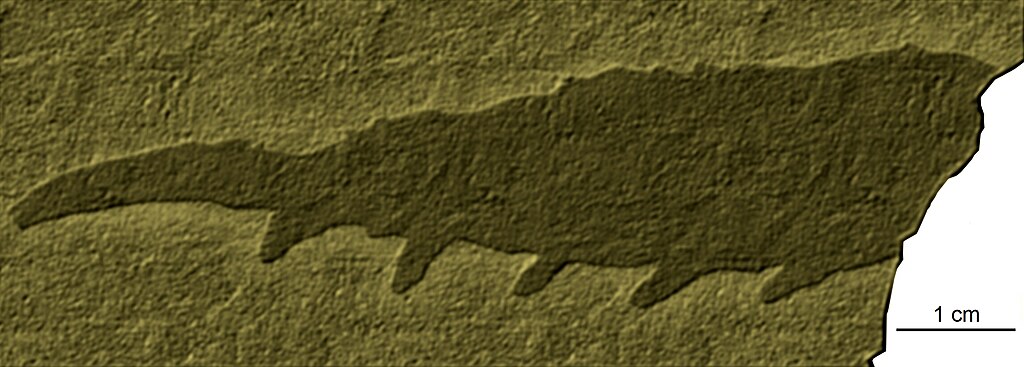When we think of dinosaur discoveries, our minds often drift to remote badlands, dramatic desert plateaus, or specialized dig sites in Montana or Mongolia. However, the fossil record has a way of surprising us. Dinosaur remains have turned up in some truly unexpected locations, challenging our assumptions about prehistoric distribution and preservation. From icy polar regions to urban centers, these six remarkable dinosaur finds demonstrate that evidence of Earth’s prehistoric giants can emerge virtually anywhere. Each discovery not only adds to our knowledge of these magnificent creatures but also reminds us that the history of our planet lies beneath our feet, sometimes in the most surprising places.
Cryolophosaurus: Antarctica’s Frozen Predator

Antarctica might seem like the last place you’d expect to find dinosaur fossils, but in 1991, paleontologists unearthed remains of Cryolophosaurus ellioti on Mount Kirkpatrick. This 190-million-year-old predator, measuring approximately 20 feet long, sported a distinctive crested head that earned it the nickname “Elvisaurus” due to its pompadour-like appearance. The discovery fundamentally altered our understanding of dinosaur distribution, confirming that these creatures inhabited all continents, including the frozen Antarctic. What makes this find particularly remarkable is that Antarctica during the Early Jurassic period was positioned much closer to the equator but still experienced months of darkness annually, suggesting Cryolophosaurus had adapted to survive in polar conditions with seasonal extremes. The preservation of its remains in what is now one of Earth’s most inhospitable environments serves as a testament to how dramatically our planet has changed over millions of years.
Spinosaurus: The Sahara’s Swimming Giant

While finding dinosaurs in desert regions isn’t unusual, the Spinosaurus aegyptiacus discovered in the Sahara Desert of Morocco upended conventional wisdom about dinosaur habitats. This massive theropod, stretching up to 50 feet long, possessed adaptations that shocked scientists when fully understood in 2014. Unlike most large predatory dinosaurs, Spinosaurus had dense bones, paddle-like feet, and a sail-shaped spine that made it uniquely adapted for a semi-aquatic lifestyle. Egypt’s and Morocco’s Sahara Desert was once a vast system of rivers and estuaries where this enormous predator hunted prehistoric fish. The surprising revelation that one of history’s largest carnivorous dinosaurs spent much of its time swimming rather than stalking prey on land forced paleontologists to reconsider long-held assumptions about dinosaur ecology. This unexpected aquatic specialist, found in what is now one of Earth’s driest locations, demonstrates how dramatically environments can transform over geological time.
Leaellynasaura: Australia’s Polar Dweller

The discovery of Leaellynasaura amicagraphica in Victoria, Australia, represents one of paleontology’s most unexpected finds due to both its location and what it revealed about dinosaur adaptability. During the Early Cretaceous period, approximately 120 million years ago, this small ornithopod lived in what was then the Antarctic Circle, experiencing months of darkness each year. Unlike modern Australia’s warm climate, the region was positioned much farther south, enduring polar conditions with freezing temperatures and prolonged darkness. What makes Leaellynasaura particularly remarkable is evidence suggesting it was a year-round resident rather than a migrating species, with unusually large optic lobes in its brain that may have helped it see in low-light conditions. This small, plant-eating dinosaur, only about the size of a domestic cat, challenges the conventional view that dinosaurs were primarily adapted to warm environments. Its discovery in 1989 opened new questions about dinosaur physiology and their ability to thrive in extreme conditions.
Europasaurus: The Island Dwarf from Germany

In northern Germany’s Lower Saxony region, paleontologists made a stunning discovery in the limestone quarries near Goslar – a dinosaur that shouldn’t have existed according to conventional wisdom. Europasaurus holgeri, unearthed in 2006, was a sauropod (long-necked plant-eater) measuring only about 10 feet tall and 20 feet long, dramatically smaller than its relatives that typically grew to 60-80 feet in length. This miniaturized sauropod lived approximately 154 million years ago on what was then a series of islands in a shallow sea covering much of Europe. The unexpected find demonstrated a textbook case of insular dwarfism, where large species evolve smaller bodies when isolated on islands with limited resources. What makes this discovery particularly surprising is finding complex dinosaur remains in densely populated, heavily industrialized Germany, a country not typically associated with major dinosaur discoveries. Europasaurus provides valuable insights into how dramatically dinosaurs could adapt to environmental constraints, evolving significantly different body sizes in response to their habitats.
Gobivenator: The Urban Dinosaur of Ulaanbaatar

One of paleontology’s most unexpected discoveries occurred literally within the confines of Ulaanbaatar, Mongolia’s capital city. In 2008, construction workers breaking ground for a new building in the city’s outskirts uncovered the remarkably complete skeleton of Gobivenator mongoliensis, a crow-sized troodontid dinosaur that lived approximately 75 million years ago. While Mongolia’s Gobi Desert is renowned for dinosaur fossils, finding a nearly perfect specimen within city limits was entirely unexpected. The fossil was so well-preserved that it retained delicate features rarely seen in the fossil record, including the dinosaur’s hyoid bone (which supports the tongue) and complete fingers. Gobivenator, whose name means “Gobi hunter,” has provided exceptional insights into troodontid anatomy and behavior, suggesting these bird-like dinosaurs had excellent vision, hearing, and intelligence. This urban dinosaur discovery reminds us that prehistoric treasures may lie beneath our most populated areas, sometimes just waiting for a foundation to be dug or a road to be widened.
Magyarosaurus: The Dwarf Dragon of Romania
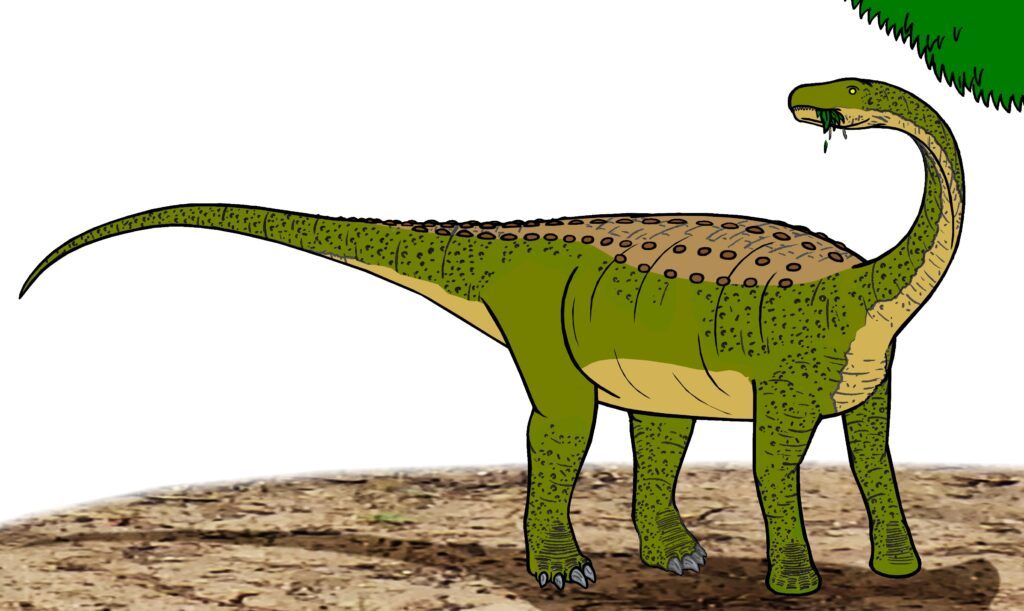
Romania’s Transylvania region, famous for vampire folklore, held a different kind of surprise for paleontologists who discovered the remains of Magyarosaurus dacus in the Hațeg Basin. This diminutive sauropod, measuring only about 20 feet long when adults of related species typically reached 50-80 feet, lived approximately 70 million years ago during the Late Cretaceous period. Initially thought to be juvenile specimens when first discovered in the early 20th century, later research confirmed these were fully-grown adults that had undergone evolutionary dwarfism. What makes this discovery particularly unexpected is that these fossils were found in an area better known for its medieval castles and folkloric history than for paleontological significance. The relatively small Magyarosaurus evolved its reduced size because it lived on an island archipelago in the ancient Tethys Sea, where resources were limited. This unexpected Romanian dinosaur demonstrates how isolation can dramatically affect evolution, producing miniaturized versions of typically massive creatures.
The Urban Dinosaur Phenomenon

Increasingly, paleontologists are making significant dinosaur discoveries in highly urbanized settings, challenging the notion that important fossils only emerge from remote wilderness. Construction projects in Denver, Colorado, have repeatedly exposed Triceratops remains, while subway expansions in Los Angeles have yielded fossils of prehistoric mammals that lived alongside the last dinosaurs. In 2000, a five-year-old boy playing behind his family’s home in suburban Detroit discovered bones that were later identified as those of a juvenile mastodon. These urban discoveries highlight how the earth beneath our cities and towns holds countless untold stories from prehistoric times. The geological processes that preserve fossils don’t discriminate between what will eventually become wilderness or urban centers. This reality has led many metropolitan areas to enact regulations requiring paleontological monitoring during major excavation projects, acknowledging that significant scientific discoveries can occur anywhere human activity disturbs the ground.
Dinosaurs Beneath the Waves

Perhaps the most unexpected locations for dinosaur discoveries are those currently underwater, yet marine excavations have yielded fascinating specimens. Off the coast of Angola, paleontologists have recovered mosasaur and plesiosaur remains (marine reptiles that lived alongside dinosaurs) preserved in submarine deposits. While not technically dinosaurs, these contemporaneous reptiles demonstrate how changing sea levels have submerged once-terrestrial environments. More directly relevant to dinosaur studies, the North Sea between Britain and continental Europe has yielded dinosaur fossils during dredging operations, including vertebrae from various species that once roamed dry land that is now seafloor. These unexpected submarine discoveries highlight how dramatically Earth’s geography has shifted over time. Areas that once supported thriving dinosaur populations may now lie hundreds of feet beneath ocean waters, their fossil treasures accessible only through specialized underwater excavation or when dredged up by human activities.
Mining Operations: Accidental Dinosaur Discoveries

Some of paleontology’s most significant finds have come not from dedicated fossil expeditions but from commercial mining operations in places where dinosaurs weren’t expected. In 2011, miners at the Millennium Mine in Alberta, Canada stumbled upon what would be identified as the most complete ankylosaur ever discovered, a nodosaur specimen so exceptionally preserved that its skin, armor, and even stomach contents remained intact. Similarly, coal mines in China’s Liaoning Province have yielded thousands of feathered dinosaur specimens that revolutionized our understanding of the dinosaur-bird connection. These industrial settings represent unexpected contexts for scientific discovery, where the commercial extraction of resources occasionally intersects with paleontological treasures. Mining operations often expose rock layers that would otherwise remain buried, providing windows into prehistoric ecosystems that might never have been studied. The unexpected nature of these discoveries highlights how our understanding of dinosaur distribution continues to evolve with each new find.
Dinosaurs in the Arctic Circle

The discovery of diverse dinosaur species well within the Arctic Circle has repeatedly challenged scientific assumptions about dinosaur physiology and distribution. Alaska’s North Slope has yielded thousands of dinosaur footprints and numerous bone beds, demonstrating that species like Pachyrhinosaurus, a horned dinosaur, and Edmontosaurus, a duck-billed hadrosaur, thrived at paleolatitudes experiencing months of winter darkness. Even more surprisingly, in 2015, researchers announced the discovery of a new species of hadrosaur, Ugrunaaluk kuukpikensis, from Alaska that lived approximately 69 million years ago. These unexpected Arctic dinosaurs faced seasonal challenges unknown to their lower-latitude relatives, including navigating in low light conditions and finding food during dark winter months. The Arctic discoveries suggest either that some dinosaurs migrated seasonally like modern caribou or that they possessed physiological adaptations allowing them to remain active year-round in polar conditions. Either scenario represents a significant departure from traditional views of dinosaurs as primarily inhabitants of warm, tropical environments.
Dinosaur Island Discoveries

Island settings have yielded some of paleontology’s most unexpected dinosaur discoveries, often revealing dramatic evolutionary adaptations. The Isle of Wight off England’s southern coast has proven extraordinarily rich in dinosaur fossils despite its small size, yielding new species like Vectaerovenator inopinatus, announced in 2020. Japan’s Hokkaido Island has produced fossils of Kamuysaurus japonicus, a hadrosaur discovered in marine sediments in 2019, suggesting the animal died near the coast before being washed out to sea. Perhaps most unexpected are the diminutive dinosaurs of the “Hațeg Island fauna” from Romania, which included not only the previously mentioned Magyarosaurus but also dwarf titanosaurs, unusual crocodylomorphs, and primitive mammals that evolved in isolation. These island discoveries demonstrate how geographical isolation drives unique evolutionary pathways, producing dinosaur species with characteristics not seen in mainland populations. Islands effectively serve as evolutionary laboratories, preserving evidence of how dinosaurs adapted to resource-limited environments in ways that challenge our understanding of these creatures.
Dinosaurs in Your Backyard: Suburban Surprises
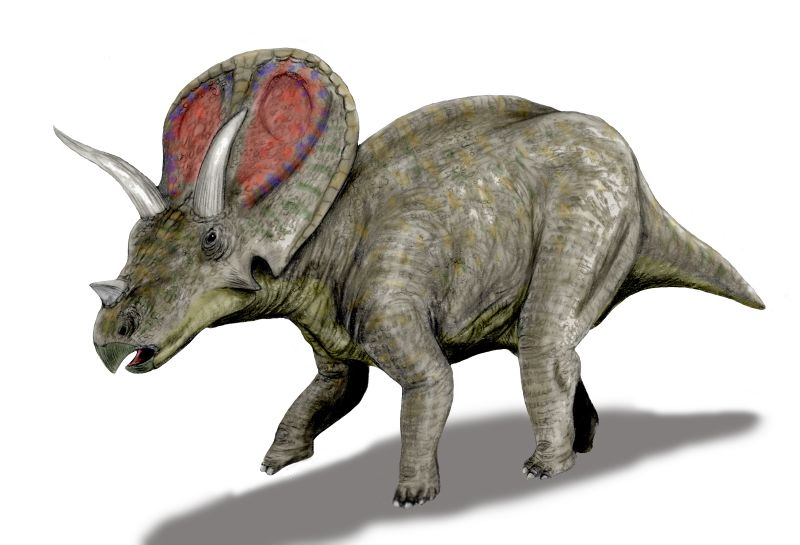
Some of the most startling dinosaur discoveries have occurred in suburban settings where no one expected to find prehistoric remains. In 2019, a family in Thornton, Colorado, was shocked when excavation for a new police and fire station behind their home revealed a nearly complete Torosaurus skeleton, a relative of the more famous Triceratops. Similarly, a housing development in McKinney, Texas, uncovered plesiosaur remains in 2018 when workers were digging utility trenches, despite being hundreds of miles from the nearest ocean. These suburban surprises often occur because housing developments frequently expand into previously undisturbed areas with the right geological conditions for fossil preservation. Many homeowners are unaware that their properties may sit atop rock layers formed during the Mesozoic Era, potentially containing dinosaur remains. These unexpected suburban discoveries have led to increased cooperation between developers and paleontologists in many regions, with some municipalities now requiring paleontological surveys before major construction projects proceed in geologically significant areas.
What These Unexpected Discoveries Tell Us
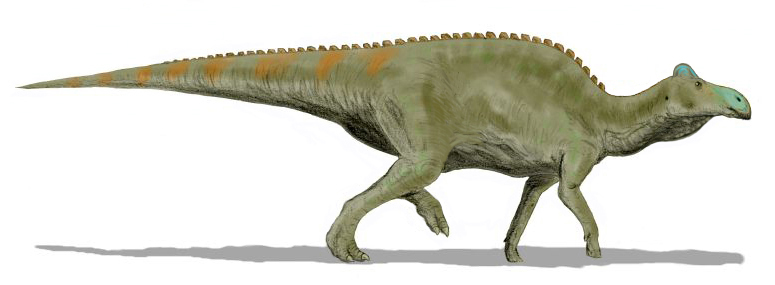
The pattern of unexpected dinosaur discoveries across seemingly unlikely locations reveals important insights about both prehistoric ecosystems and modern paleontological understanding. These finds consistently demonstrate that dinosaurs were remarkably adaptable creatures that inhabited virtually every terrestrial environment on Earth, from scorching deserts to polar regions experiencing months of darkness. The geographical surprise element of many discoveries highlights how dramatically Earth’s surface has changed over time through continental drift, with today’s urban centers sometimes sitting atop ancient floodplains or coastal areas favorable for fossil preservation. Perhaps most significantly, these unexpected discoveries remind us that our understanding of prehistoric life remains inherently incomplete and evolving. Each surprising find in an unexpected location forces paleontologists to reconsider established theories about dinosaur physiology, behavior, and distribution. The seeming randomness of where significant fossils emerge serves as a humbling reminder that despite centuries of scientific research, the Earth still holds countless secrets waiting to be uncovered in the most unexpected places.
Surprising Places Dinosaurs Have Been Discovered
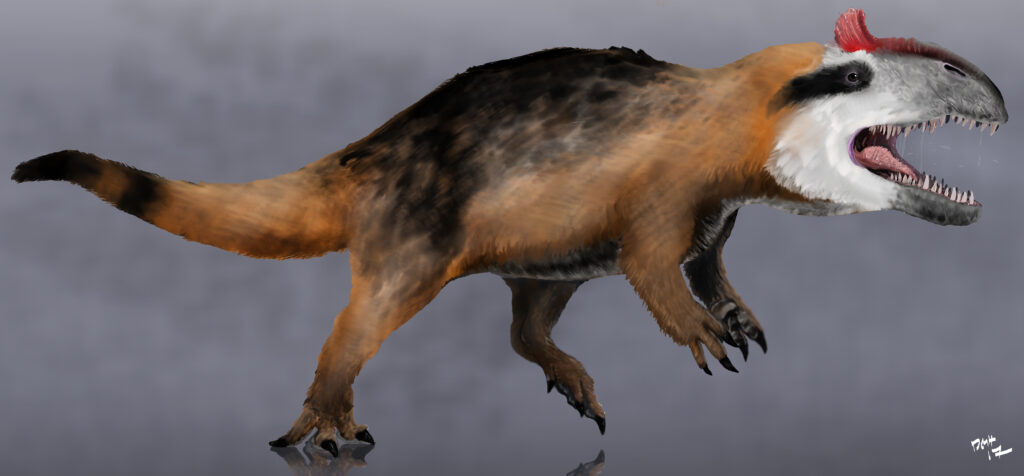
From frozen Antarctica to bustling city centers, dinosaur fossils continue to emerge in surprising locations, each discovery adding new pieces to our understanding of the Mesozoic past. These unexpected finds remind us that the history of our planet is not confined to museum displays or remote badlands – it surrounds us everywhere, sometimes hiding just beneath our feet. As urban development, mining operations, and changing climates expose new areas to exploration, we can expect more dinosaur surprises to emerge from unexpected corners of our world, continuing to reshape our understanding of these magnificent prehistoric creatures.



